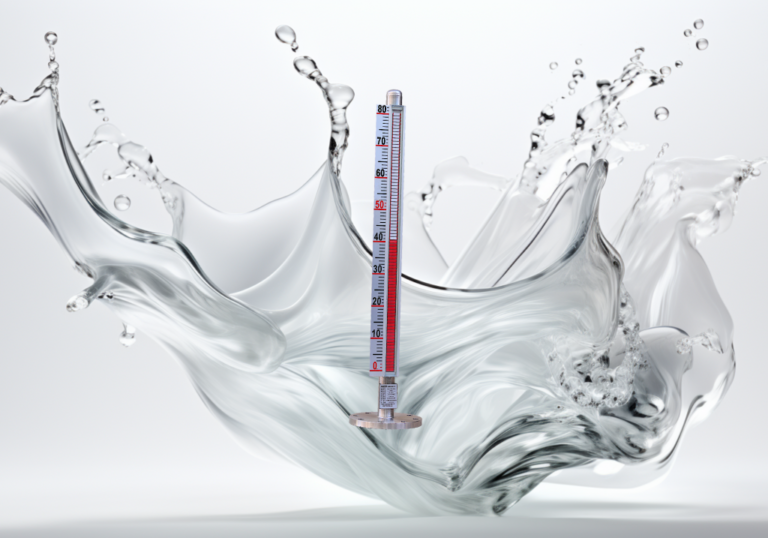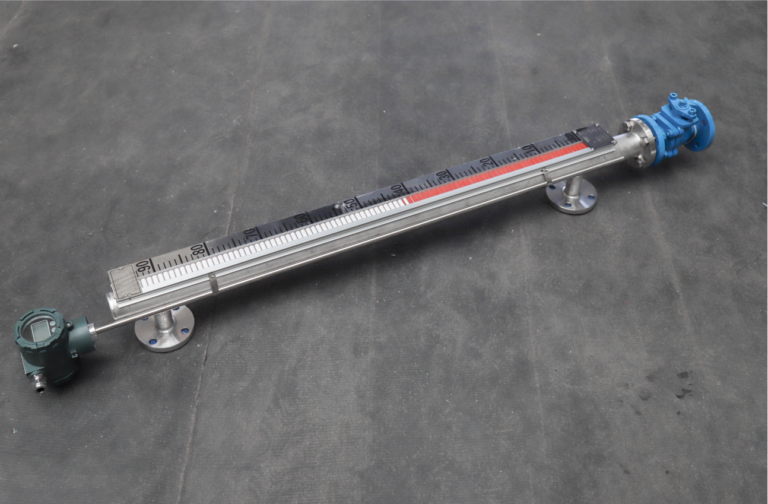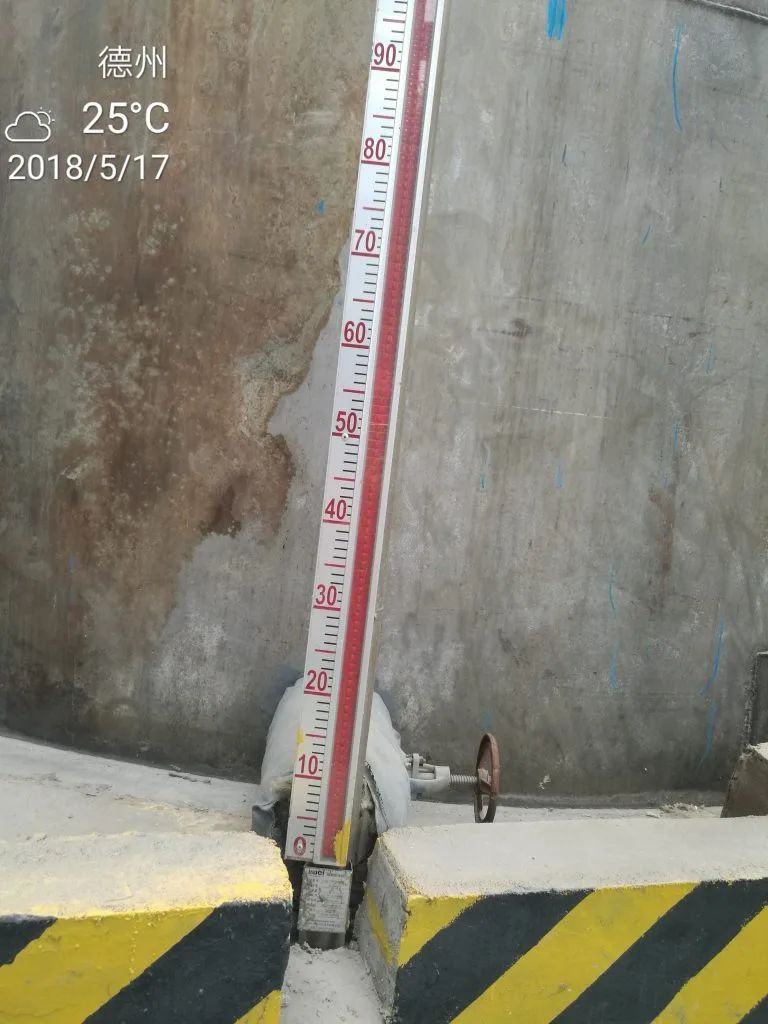The irregular arrangement of the flags on the display panel of the magnetic flap level gauge may be caused by a variety of factors.
The following is a detailed and in-depth analysis of these reasons:
1. The stability of the magnetic properties of the magnetic steel in the magnetic float
The magnetic flap level gauge uses the principle of magnetic coupling to achieve liquid level measurement. The magnetic stability of the magnet in the float directly affects the flipping effect of the flag.
When the magnetic float is used for a long time, or the operating temperature exceeds the maximum operating temperature that the magnet can withstand, the magnetism of the magnet may decrease or demagnetize.
This will cause the magnetic coupling ability of the float to weaken, and it will not be able to effectively drive the flag to flip, or it can only partially drive the flag to flip, resulting in irregular arrangement of the flag.

2. Demagnetization problem of magnetic beads in the flip flag
The magnetic beads inside the flags that have been used for a long time may also demagnetize.
After the magnetic beads are demagnetized, the self-locking force between the flags decreases, and they are prone to shaking or flipping when subjected to external force or vibration, resulting in irregular arrangement.
3. The quality of magnetic bead processing is unqualified
During the magnetizing process, if the magnetic field direction of the magnetic bead is tilted, deviated from the central axis of the magnetic bead by a certain angle, or the magnetic performance is insufficient, it will also cause the flag to tilt irregularly on the guide frame.
When the magnetic float moves up and down, this unqualified flag will be affected by unstable magnetic force and flip randomly.

4. Large vibration on site
If the magnetic flap level gauge is installed in an environment with large vibration, the vibration force may overcome the self-locking force between the flaps, causing the flaps to flip randomly.
Especially under certain specific frequency vibrations, the arrangement of the flaps is more likely to be irregular.
5. Bubbles mixed in the liquid phase
In a closed pipeline during normal production, many bubbles of varying sizes may be mixed in the liquid phase.
When these bubbles enter the measuring chamber of the magnetic flap level gauge, they will change the density of the medium and the buoyancy of the float, thereby affecting the position of the float and the flipping of the flag.
In particular, when the bubbles gather into large bubbles, a gas phase segment may be formed, which will interfere with the measurement of the magnetic flap level gauge and cause irregular arrangement of the flags.
6. Magnetic connection problem between magnetic float and indicator
In some cases, due to the weakening of the magnetic force in the magnetic float or indicator, the magnetic connection between the magnetic flaps is weakened or lost, resulting in the flag being unable to flip stably.
In this case, the flag may appear red and white, and cannot accurately indicate the liquid level.

7. Design and manufacturing issues
There may also be problems in the design and manufacturing process of the magnetic flap level gauge, such as improper setting of the vibration damping parts and unstable liquid flow in the connecting branch pipe, which may affect the measurement accuracy of the magnetic flap level gauge and cause irregular arrangement of the flaps.

Solution
For the above problems, the following measures can be taken to solve them:
1. Use magnets with small temperature coefficient and high temperature resistance to make magnetic floats, and strengthen the inspection and control of magnet quality.
2. Remind users to avoid installing magnetic flap level gauges in environments with large vibrations, or take vibration reduction measures during installation.
3. After the magnetic flap level gauge is installed, use calibration magnets to calibrate the flags to ensure that the flags are arranged neatly.
4. Regularly inspect and maintain the magnetic flap level gauge, and replace demagnetized magnetic floats and flags in time.
5. Optimize the design and manufacturing process of the magnetic flap level gauge to improve the stability and reliability of the product. The Flap-11 magnetic flap level gauge has passed the formal SIL2/3 certification, which can be checked on the official website of the National Certification and Accreditation Administration. It refuses false propaganda and escorts factory safety.
